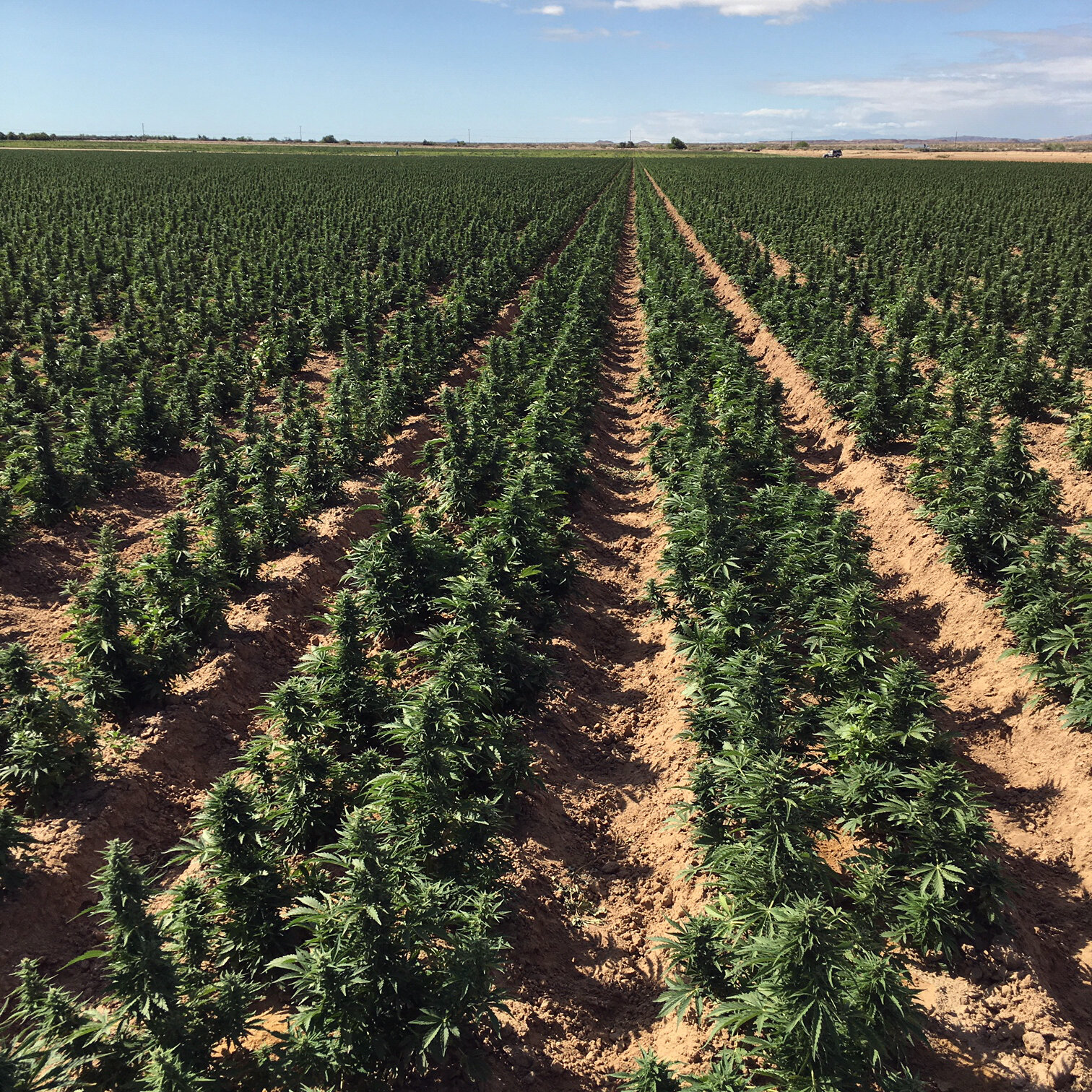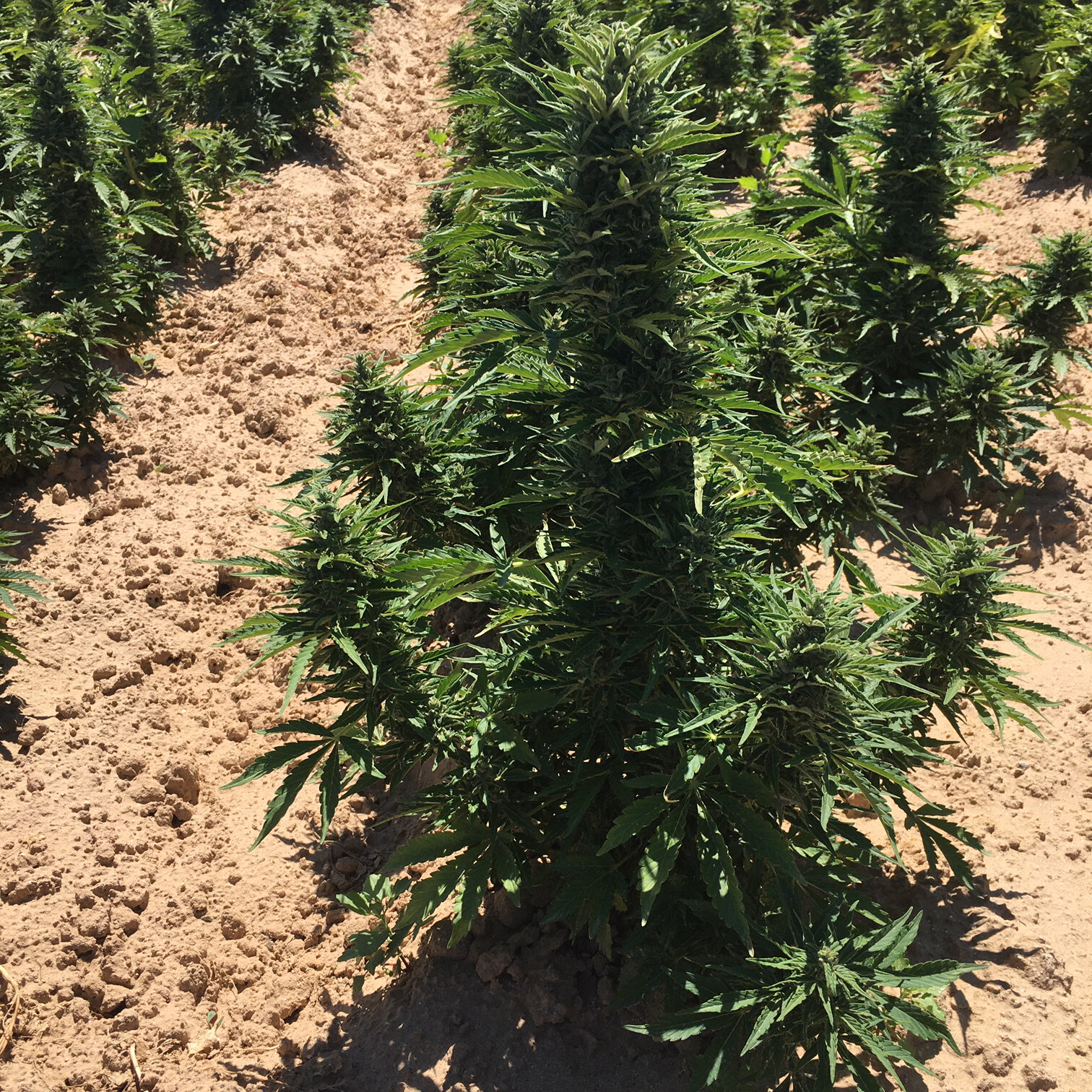While Beacon Hemp's hybrid varieties demonstrate strong heterosis (hybrid vigor) and performance under a diversity of regions and climates, some varieties are better suited to some regions and climates than others.
Hot, Humid Climates
The ‘Early’ Series has expansive flowers that will perform well under a diversity of climates and are particularly well suited for areas with high Botrytis pressure, such as consistent high humidity and extreme seasonal fluctuations in moisture. In this same climate our F1 hybrid autoflowers, along with 'Auto Tsunami' are good contenders for farmers looking to plant day-neutral hemp.
Hot, Dry Climates
The ‘Quik’ Series also exemplifies hybrid vigor and produces extremely dense flowers. Although the 'Early' Series varieties perform well in hot, arid climates, the outstanding flower density of 'Quik' Series hybrids generally produce greater yields in regions with low Botrytis pressure. For autoflowers, our ‘Auto Pivot’, ‘Auto Blues’ and F1 hybrid autoflowers are a solid choice.
Harvest Window
With the exception of the 'Early Spectrum', 'Early Wu', and 'Early Trump (T1)' all of the short-day (photoperiodic) hemp hybrids reach harvestable maturation in the middle to end of September. The previously listed hybrids reach harvestable maturity at the very beginning of October. When planting photoperiodic (short-day) hemp varieties Beacon recommends planting varieties that will allow multiple optimal harvest windows in order to clearly divide fall harvests into multiple discrete events; this is particularly important for large farming operations as well as when producing higher value, high-touch boutique hemp or when you have limited mechanized harvest/post-harvest equipment and infrastructure.
Tips to consider when selecting your hemp genetics:
Consider spreading out your plant maturity dates so everything isn’t ready to harvest at the same time.
For smokable flower production, chose varieties that have different terpene profiles.
Consider final plant size. Keep harvest equipment and drying method in mind when determining the planting date, size and spacing for short-day hemp.
Consider you geographic region
If growing for smokable hemp, photoperiodic (short-day) varieties will produce the densest flowers with the highest terpene content. Autoflowers are great for extraction and off-season planting in areas with good climate.
Interested in growing hemp but don't know what genetics to chose? Please contact us. We are here to help!


